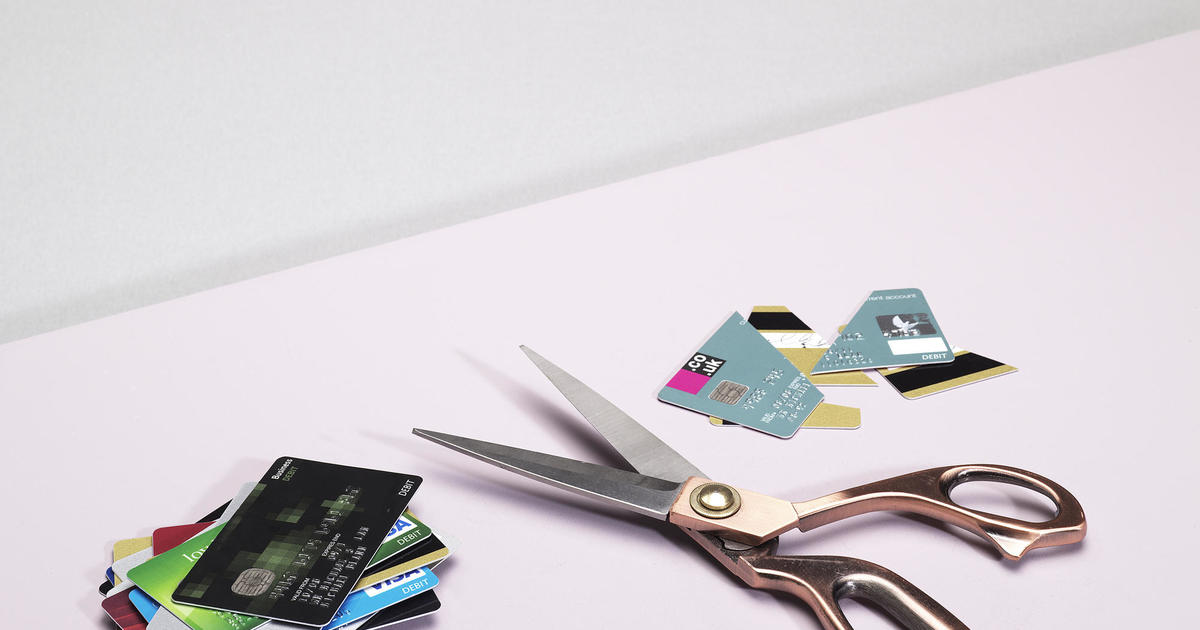5 simple challenges to kickstart your savings
Saving money can often feel like a daunting task, especially when you have competing financial goals and temptations to spend. And, with persistent inflation chipping away at the value of your money, it can be even more difficult to tackle your savings goals or put money away for emergencies.
But while saving money can require some work, it's a crucial component of any smart financial strategy. Without money in your savings account, even one unexpected bill could cause big issues. And if something more drastic happens — like a layoff or long-term illness — you may not have much choice but to borrow money to cover your expenses. That's an expensive route to take, especially right now, with interest rates as high as they are.
The good news is, though, that there are some simple strategies you can use to help kickstart your savings. One way to do this is by participating in saving challenges. These challenges can not only help you build a solid financial foundation but also develop better money management habits, and there are options to fit every type of financial situation.
Learn about the top rates you could earn on your savings here.
5 simple challenges to kickstart your savings
If you want to get a headstart on your savings, these simple challenges can help:
No-spend challenge
The no-spend challenge is a clever way to break the cycle of impulse spending and become more mindful of your purchases. Set a specific period, such as a week or a month, during which you commit not to spend money on non-essential items. Essentials like groceries, bills and transportation are allowed, but eating out, shopping for clothes or buying gadgets are off-limits.
Not only will you save money, but you'll also gain a better understanding of your spending habits and identify areas where you can cut back in the long term.
Explore the best savings account options for you here.
The 52-week money challenge
The 52-week money challenge is a classic, and for a good reason – it's simple and effective. Here's how it works: In week one, you save $1. In week two, you save $2. The amount you save increases by $1 each week until you reach week 52, where you save $52.
By the end of the year, you'll have saved $1,378. This challenge encourages consistent saving and can be tailored to your budget. If starting with $1 is too easy for you, feel free to double the amount each week.
The envelope challenge
The envelope challenge is a physical representation of your savings progress. Start by labeling envelopes with specific savings goals or categories, such as "emergency fund," "vacation," or "new car." Allocate a certain amount of money to each envelope regularly, whether it's every paycheck or every few weeks.
As you fill each envelope, you'll see your savings grow, which can be incredibly motivating. This method also encourages you to prioritize your financial goals and keep track of your progress.
The reverse 52-week money challenge
If you find it difficult to save larger amounts at the beginning of the year, consider flipping the 52-week money challenge. Start with $52 in week one, and then decrease the amount by $1 each week until you're saving just $1 in week 52. This way, you'll save a significant amount early in the year when motivation is high, and the challenge becomes easier as the year progresses.
The spare change challenge
The spare change challenge capitalizes on the loose change that often accumulates in pockets, purses and around the house. Whenever you receive coins as part of your change, make a habit of collecting them in a jar or container. You can set a specific goal, like filling up the container within a set timeframe or reaching a certain dollar amount.
Once your container is full, take it to the bank and deposit the funds into your savings account. You'll be surprised at how quickly spare change can add up.
Where to keep your savings after your money challenge
Completing a saving challenge is a significant achievement, but the next crucial step is to decide where to park your hard-earned money. Two attractive options to consider, given their competitive interest rates, are high-yield savings accounts and certificates of deposit (CDs).
These financial instruments can help your savings grow beyond your initial challenge.
High-yield savings accounts
Advantages
- Liquidity: High-yield savings accounts offer easy access to your money. You can typically withdraw funds without penalties or restrictions, making it a suitable choice for your emergency fund or short-term goals.
- Safety: These accounts are typically insured by the Federal Deposit Insurance Corporation (FDIC), ensuring your deposits up to a certain limit ($250,000 per account holder).
- Competitive interest rates: Some high-yield savings accounts currently offer interest rates of over 5%, making them an attractive option to earn more on your savings compared to traditional savings accounts.
Considerations
- Variable rates: High-yield savings account interest rates can fluctuate with market conditions, so it's essential to monitor your account regularly to ensure you're getting the best rate.
CDs
Advantages
- Higher fixed interest rates: CDs generally offer higher interest rates than standard savings accounts and even some high-yield savings accounts. This can help your money grow faster over a fixed period.
- Guaranteed returns: When you open a CD, you commit to leaving your money untouched for a specified term (typically a few months to a few years). In return, you receive a guaranteed interest rate for that duration.
- FDIC insurance: Just like with savings accounts, CDs are often FDIC-insured, providing a safety net for your deposits.
Considerations
- Lack of liquidity: CDs have fixed terms, and if you need to withdraw your money before the term ends, you may incur penalties or forfeit some of the interest earned.
- Interest rate lock-in: If interest rates rise significantly after you've locked your money into a CD, you might miss out on potential higher returns available with other investments.
The bottom line
Saving challenges can be a great way to kickstart your savings journey, whether you choose the classic 52-week money challenge, the no-spend challenge to cut down on expenses, the envelope challenge to visualize your progress or one of the other options. The key is to find a challenge that suits your financial goals and personal preferences — and then find the right account to keep your money in to help it grow. And, remember that the most important part of any saving challenge is consistency. Stick to your chosen challenge, choose the best account for your goals and watch your savings grow.




